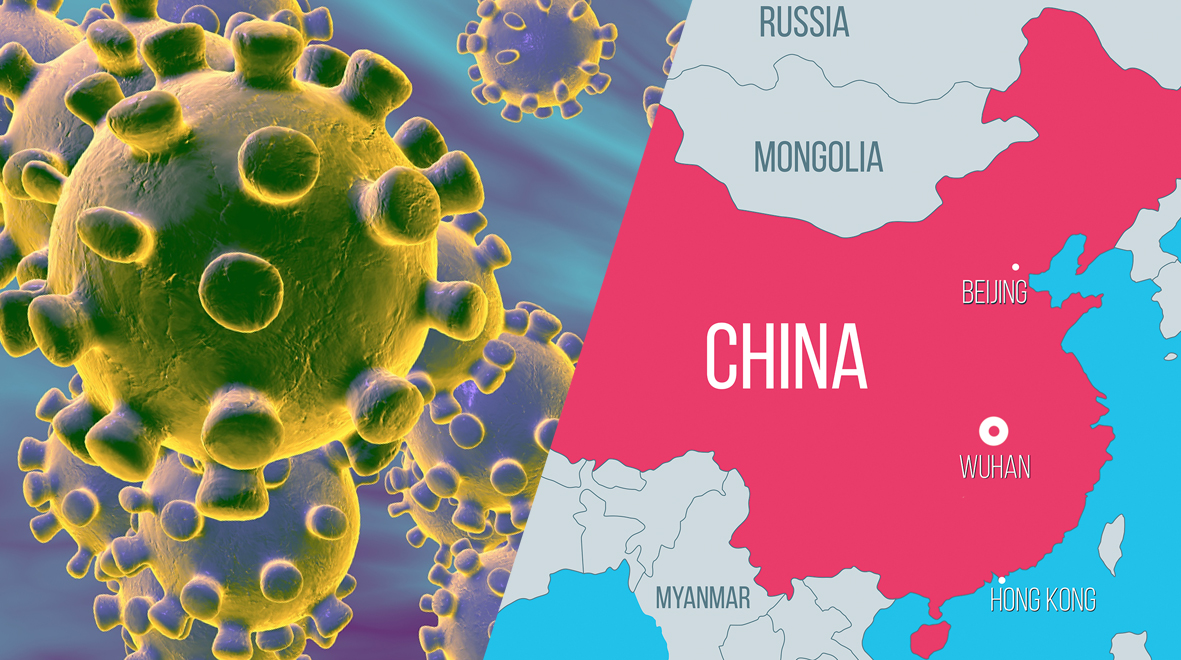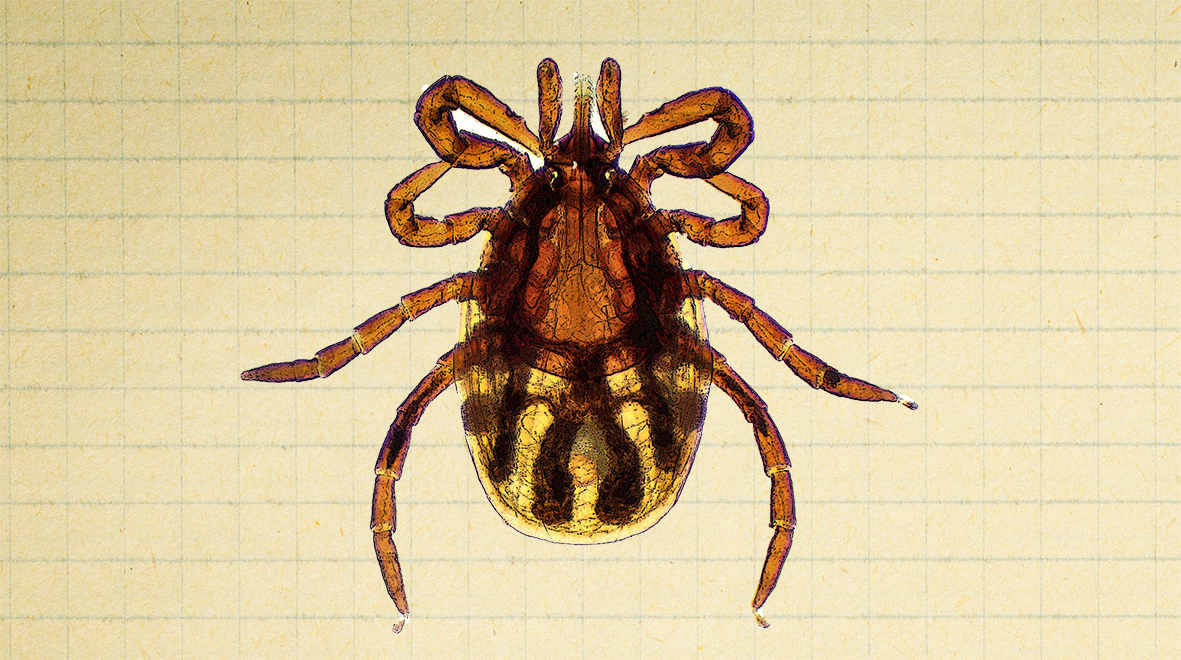
As a part of LGBT+ History Month, Stevie Lam, from the School of Medicine has teamed up with IQ Society to celebrate our LGBT+ community and share their stories!
Jeh – 4th Year MBBS Medicine


As a part of LGBT+ History Month, Stevie Lam, from the School of Medicine has teamed up with IQ Society to celebrate our LGBT+ community and share their stories!

Republished by permission from Springer Nature: Nature Career Column, Being a caregiver while caring about a PhD, Luke Yates, © 2020
Luke Yates discusses how he coped with his wife’s long illness during his PhD programme.
In summer 2008, a year after I started my PhD programme, my wife Samantha was admitted to hospital with a severe chest infection. Sam had cystic fibrosis, and the infection wreaked havoc on her lungs. After a protracted hospitalization, she could not breathe unaided. Furnished with a canister of oxygen and breathing apparatus (a mainstay from then on), along with a substantial amount of antibiotics and other medications, she left hospital, and we carried on with our lives as best as we could. Sam went back to her job teaching a school class of 9–10-year-olds, and I continued pursuing my PhD in clinical medicine at the University of Oxford, UK. But she experienced another infection, which ended with her doctors wait-listing her for a double lung transplant. In January 2010, Sam gave up work, and we began to hope for a life-saving telephone call.
Caring for a loved one who had cystic fibrosis and was waiting for a transplant, while I was trying to complete my PhD programme, seemed impossible. In the laboratory, I was always on tenterhooks, thinking “Today could be the day we get the call.” This uncertainty and anxiety, together with the pressures of research, made my graduate studies tougher than most. As for planning my experiments and conducting research, I needed limited working hours so that I could provide physiotherapy, drug treatments and help to my wife. And I had to get home at a specific time because I shared caregiving responsibilities with Sam’s mum, who tended to her during the day. On top of all this, I had a daily commute of more than two hours. We couldn’t move closer, because we needed to live near our family. (more…)

Originally published on the Dementia Researcher Blog, Luke Whiley, an analytical chemist by training, reminds researchers to look out for opportunities in the small stuff. He tells the story of how a relatively small grant has taken him far in his career in dementia research – to the other side of the world in fact!
If you’d told me this time last year that I would be setting up my own research lab the other side of the world, there’s absolutely no way I would have believed you. But it’s true! I’m sitting here writing this looking out on to the Indian Ocean, having just had my first Christmas down under in Perth – even trying to keep up a stereotypical Aussie Christmas with a beer and BBQ on the beach on Christmas day! It is an example of just how far a research career in science can take you.
I have always been interested in science, but back in my school days I had no idea just how many twists and turns my career would take and how many opportunities would present themselves. Sometimes these were big, involved decisions – a move out of or into academia, for example, but sometimes these start pretty small. That’s all my DPUK-funded course was at first – a small opportunity I noticed one day. (more…)

Last August, medical student Paulina took part in the Summer Institute for Medical Students at the Hazelden Betty Ford Foundation Addiction Treatment Center in Minnesota.
The SIMS program has a reputation of being a life-changing and eye-opening experience. Thanks to the generosity of the scholarship itself, along with Imperial’s support that covered the cost of my visa, I was able to take part in the programme with minimal personal expenses. (more…)

Dr John Tregoning (JT) from Imperial’s Department of Infectious Disease spoke to the School of Public Health’s Prof Steven Riley (SR) about the coronavirus outbreak that recently began in Wuhan, China.
SR: I work as part of the MRC Centre for Global Infectious Disease Analysis and the Abdul Latif Jameel Institute for Disease and Emergency Analytics centre with Prof Neil Ferguson, Dr Natsuko Imai, Dr Ilaria Dorigatti, Dr Anne Cori Prof Christl Donnelly, Prof Azra Ghani and Dr Marc Baguelin.
SR: It is a viral infection that was first discovered in the Chinese city of Wuhan in 2019 that has been associated with a number of cases of pneumonia – an infection of the tissue in the lungs. You might see it being called ‘2019-nCoV’, which stand for novel (or new) coronavirus. More information has been provided by the World Health Organisation. (more…)

Justin Bieber’s recent Lyme disease diagnosis has brought the disease into the public eye. Professor Gareth Tudor-Williams explores whether there is a link between tick behaviour and a rise in reported cases.
It’s a fact that every time a high profile individual reveals that they have Lyme disease – the latest being singer Justin Bieber – there is an appreciable spike in internet searches, followed a short while later by an increase in the number of blood samples being sent for testing to the Public Health England national reference laboratory at Porton Down.
So this trend would suggest that the publicity about Lyme disease increases health-seeking behaviour in this country, which in turn leads to more cases being diagnosed.
All of which begs several questions. Is the incidence truly rising or are more people being diagnosed who would not previously have been tested? Are there significant numbers of people living in the UK with undiagnosed and therefore untreated infection? What proportion of untreated infected individuals develop long-term health problems? (more…)

With NHS funding for IVF diminishing, Imperial researchers are looking at weights loss as a way to support men who have obesity-related reproductive dysfunction.
Infertility is the inability to have children after 12 months of regular unprotected intercourse and is fairly common, affecting 1 in 7 couples. Male factor infertility refers to infertility secondary to poor sperm quality, and while it is talked about less than female infertility, it is responsible for 40% of infertile cases. Obesity is a rising global epidemic, so it is no surprise that a quarter of men attending fertility centres are obese.
During the last few decades, tremendous advances have taken place in the treatment of women diagnosed with infertility. However, little progress is made for couples with male factor infertility. Therefore, the only therapy offered to couples is assisted reproduction, such as in-vitro fertilisation (IVF) therapy. IVF is effective but with NHS funding diminishing it can be expensive, as well as having potentially life-threatening complications for the female partner such as ovarian hyper-stimulation syndrome. That’s why we need to look at other options for couples affected by infertility. (more…)

Khadija Mahmoud reflects on the highlights from the past year of medical school – from a virtual reality project that sparked an interest in refugee health to attending One Young World Summit.
I never imagined that my medical degree would involve a project working with chemical engineers to study the effects of a virtual reality (VR) application! During the second year of MBBS Medicine at Imperial College School of Medicine, we undertake a three-week research experience called Clinical Research Innovation (CRI).
I worked with our Digital Learning Hub and the Matar Fluid Group to study the effects of using 3D virtual reality in learning. Our research focused on transforming medical education in classrooms by increasing interactivity. Working with two others, we managed to plan, design and conduct a study of 36 participants, producing a poster to present our findings at Imperial’s annual science festival for second-year medical students. The VR application showed fluid dynamics within a liquid flow with real-time feedback and could easily replicate blood flow in an artery to allow exploration of pathologies in relation to this. (more…)

This festive period Three Wise Women from the Faculty of Medicine will be giving us the gift of wisdom.
Our final wise woman, Dr Amalina Bakri, provides an insight into the role of social media in fighting medical misinformation online.
Some people are often surprised to hear that I’m a General Surgeon (speciality trainee) with a significant social media presence – over one million followers across Twitter and Instagram. I use social media to communicate what I’m passionate about, and that is an evidence-based approach to lifestyle medicine and disseminating accurate health information.
As the internet has matured, social media has developed and become an intrinsic part of many people’s lives. Some commonly use social media as a trusted source of information or news. But in the current climate, fake news or misinformation spreads like wildfire on social media, making it hard for individuals to see the true picture without checking sources.
Despite this, social media is a quick and effective way to spread scientifically proven, correct health information. That’s why I think medics and other healthcare professionals have an important role on social media to provide accurate medical information and to debunk myths and fake medical news. (more…)

This festive period Three Wise Women from the Faculty of Medicine will be giving us the gift of wisdom.
Our second is Dr Julia Makinde, an HIV researcher at the IAVI Human Immunology Lab, who makes the case for translating science into policy.
A section of the nativity story portrays Herod the Great as something of a tyrant. A man who sanctioned an order to wipe out every male infant born in and around Bethlehem in a pre-emptive action to eliminate the threat of a new-born king. As difficult as it is to imagine anyone, let alone a political leader, endorsing the massacre of innocent children, the story presents an interesting metaphor of complex political motivations and the outcome of a breakdown in the process of policy making.
With vaccinations, climate change and access to healthcare taking centre stage in the global debate, the intersection between science and policy has never been more relevant. Whilst I started out in research with the desire to help create solutions to global healthcare challenges, I have come to understand that the actions taken to disseminate research outcomes are just as important as the process of discovery itself. (more…)